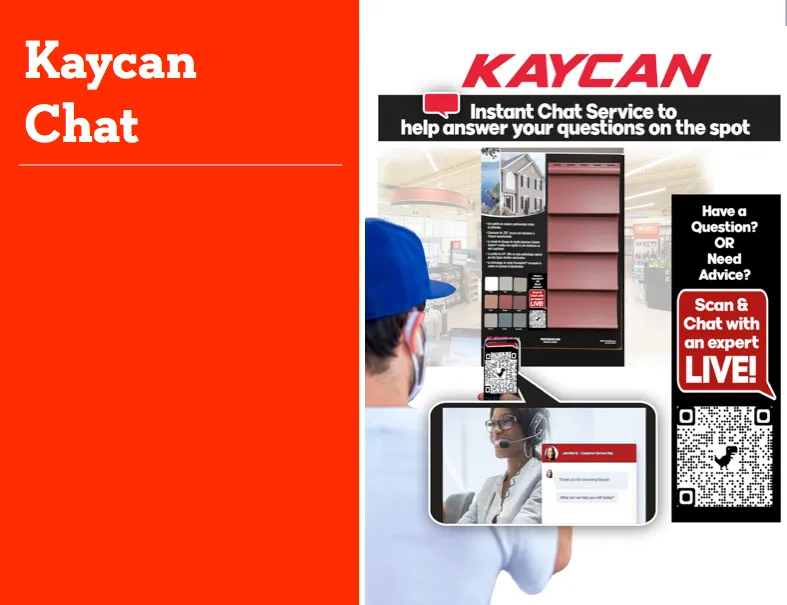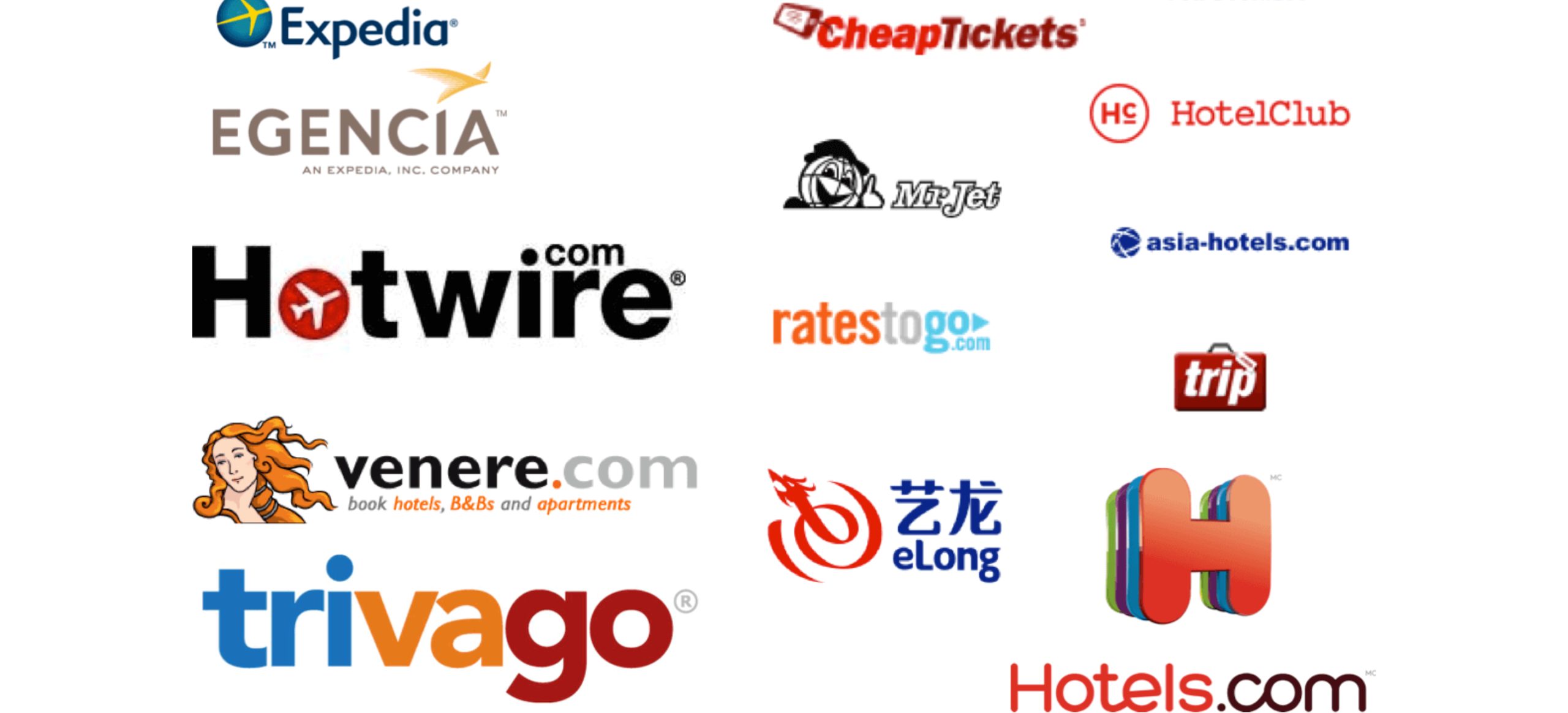I was recently reading Simon Sinek’s book Start With Why when it hit me; while conversational marketing is fairly new, customer-centricity has been around for a while. After reading his example of Apple’s iPod I also realized that customer-centricity may be one of the few remaining ways for marketers to gain a competitive advantage. We’ll get back to the iPod in a bit, I first want to lay out some basics about what it means for a business to be customer-centric.
Put simply, being customer-centric means knowing your customer’s deepest fears, greatest desires, happiest moments and what makes them get up in the morning. Beyond that, it means using your clients’ pain points to make strategic marketing decisions concerning your website, customer service and other customer touchpoints. I wanted to bring you the example of the iPod because it shows how far Apple is able to go in terms of figuring out exactly what its customers really want.
What we can learn from the iPod
You may recall Apple’s “1000 songs in your pocket” ad. If not, I’ve included an image from their campaign below as a reminder. To give you a short recap in case you haven’t gotten around to reading Sinek’s book, he mentions that at the same time as Apple released their iPod, other electronics companies released MP3 players that essentially did the same thing as the iPod. There was no real difference in the utility of these products except for the way that Apple and its competitors talked about their products. On one side, Apple described something tangible its customers could understand and relate to (1000 songs in their pocket). On the other side, its competitors advertised their product as a device that could hold 1024 MB of data. At the time,1024 MB meant nothing for consumers. It wasn’t an appealing concept whereas “1000 songs in your pocket” is an idea that people could get truly excited about.
Apple among others has been great at identifying the core characteristics of its target market. When Apple released its first iPod in 2001 it certainly didn’t have all the tools which marketers have today. While competitive advantage has become much more difficult to attain, there are increasingly more opportunities for businesses to be customer focused: conversational marketing is one of these.
What’s the easiest way to get to know your customers?
LISTEN TO THEM!
The best way to get to know someone is by having a one-on-one conversation with them. To quote Dale Carnegie, “Remember that the people you are talking to are a hundred times more interested in themselves and their wants and problems than they are in you and your problems.” In other words: if you listen, they’ll gladly talk about themselves.
Building relationships with your customers is especially important on the web. We’ve moved from traditional face-to-face selling to catalogues and phone selling to finally end up selling on the web where ads are plastered everywhere from your email inbox to that little game you secretly play on your phone.
The web has made selling cold and impersonal and I say, it’s time to flip things around.
Stop bombarding your customers with ads and instead add a little bit of human touch to the mix. Advertise to get prospects to visit your website and then dazzle them with an empathetic and authentic human presence that represents your brand.
A human presence on the web attempts to bridge the gap between traditional face-to-face selling and the detachment of shopping online.
Live chat is becoming a big component of customer-centricity. Aside from helping customers flow smoothly through the decision-making process, your online presence also gives you the opportunity to obtain instant feedback and get to know your customers personally.
Wouldn’t you like to know right away if a technical problem on your website was preventing customers from completing their purchases?
More importantly, wouldn’t you be interested in knowing why customers are coming to you to solve X problem?
When customers have instant access to communicate with your business, they’re much more likely to contact you if something goes wrong then they would if you force them to fill out a form on your website.
According to Econsultancy, “71% of online shoppers expect rapid assistance. They want help within 5 minutes, and if they fail to get help, 48% will leave the site and shop elsewhere.”
Think about the money you may have invested in getting your visitors to your website. If 48% are ready to leave if they don’t obtain rapid assistance that means that a good chunk of your ad budget is being poured down the drain with your ROI. Having a live chat available for your visitors to reach out to you is essential.
What you don’t know, can’t hurt you—Or can it?
Another thing worth mentioning is the fact that when customers go to your website after hours, they’re left to fend for themselves as no support is available. It’s the same as going to a store with the intent of purchasing a new television and not finding a sales representative to help you decide which one you should buy.
Ask yourself, do you actually know what happens on your website when you’re not there?
Interestingly, a study conducted by one of our clients found that 37% of leads generated through our live chat management service were generated outside of regular business hours.
That’s more than a third of sales opportunities that would have ended up in limbo had our team not been ready to respond through instant messaging!
Live messaging is a wonderful marketing tool that’s easily accessible. It’s worth taking the time to set it up on your website and create a strategic plan for your future conversations. Get your team on-board with this new communication channel and remember that live conversations can be just as useful to you as they are to your visitor.
Here are a few more examples to show you how you can be more customer focused:
Apple isn’t the only customer-centric business out there. There are hundreds to look at for inspiration; My favourite of which is Amazon.
Just recently, I received a package from them and was flabbergasted to see that they’ve started advertising new releases to Amazon Prime Video on their packing tape. I’m amazed that they’ve transformed a thing as simple as packing tape into a marketing tool. This might explain why I decided to use them as an example.
What I really want to get at about Amazon’s customer-centricity is that their attention to detail is what makes customers happy. Some of their tactics are as easy as making suggestions for books that I might want to buy in light of my past purchases. While this is fairly simple to do on any digital platform that tracks the user, I appreciate it nonetheless.
Why?
Because it makes me feel valued! Amazon knows my preferences and cares so much about me that they’re willing to make personal suggestions just as a friend would.
Amazon goes way beyond that to make customers feel appreciated. They’ve created one of the best platforms for genuine consumer reviews. Not only do we as consumers place a lot of importance on what our peers have to say about a product or service but we also want to have a voice. That’s exactly what Amazon does. It allows users to leave reviews for products and voice their discontent or their satisfaction. For Amazon, this works on all fronts. It allows its customers to make better decisions while fostering trust and loyalty in the Amazon brand. For Amazon, these reviews are personal information about the individuals that purchase the products. It’s a win-win situation
All in all, it’s a great way to get into your customers’ minds beyond those analytics reports.
Don’t get me wrong, I think analytics are great. They inform you of the demographics of your customer base unfortunately, they don’t provide personal knowledge about my customers which allows me to model my services or products after their specific needs or problems.
Only when I have this detailed and deeply personal information can I make strategic marketing decisions that give me a competitive advantage.
Your knowledge of your customer base can then be used in marketing campaigns, content creation, and product development. This information should also be used when designing touchpoints between you and your customers.
Touchpoints are any points where the customer comes into contact with your brand. That includes your website, social media, ads, packages and customer service just to name a few. I won’t go on about this subject but if you’re interested in learning more about touchpoints and customer experience as a whole, here’s a link to another blog post that discusses those in more detail.
A few things to reflect on
The internet has forever changed the way that businesses interact with their customers. While it’s become easy to hide behind a screen, businesses need to go above and beyond in terms of personal contact to bridge the gap created by technology. Customer experience isn’t just a trend that will fade away. It’s something that’s available to businesses big or small and it can have a significant impact on your bottom-line.
Here are a few questions to help you provide a better customer experience:
- Do you present your products or services in a way that allows customers to understand and relate to your brand?
- What are you doing to get to know your visitors and clients?
- Should you be having one-on-one conversations with your visitors?
- What happens on your website when you’re not there?
- From which customer-focused businesses can you draw inspiration from?



![The Benefits of Conversational Marketing for Travel and Tourism [2023]](https://crowdchat.io/wp-content/uploads/2023/06/CrowdChat-Blog-Article-Format-copier-2-1-scaled.jpg)





